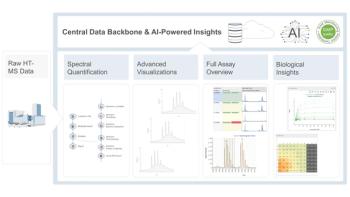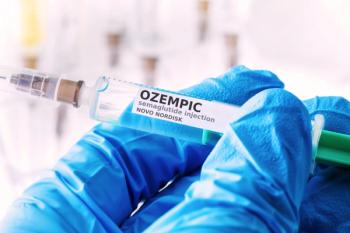
Detection of Genotoxic Impurities in Pharmaceuticals Using Headspace Gas Chromatography
A method to help detect genotoxic impurities (GTIs) using headspace gas chromatography (HS-GC) and deep eutectic solvents (DESs) has been developed.
A recent study published in the Journal of Pharmaceutical and Biomedical Analysis has introduced a method to help detect genotoxic impurities (GTIs) in pharmaceuticals at sub-ppm concentrations (1). GTIs are potential carcinogens and are strictly regulated because of their health risks. The threshold of toxicological concern (TTC) is suggested at 1.5 µg/day intake of a GTI for most pharmaceuticals (2). Using static headspace gas chromatography (HS-GC) coupled with electron capture detection (ECD) the team from Genentech, Iowa State University, and Ames National Laboratory-USDOE were able to monitor 24 halogenated and nitroaromatic genotoxins.
The method is another step to help improve the pharmaceutical industry’s ability to comply with stringent safety standards. Regulatory authorities have developed guidelines specifically addressing genotoxic impurities, as the guidelines for ordinary impurities do not specify any acceptable levels for GTIs. The most recent guidance on genotoxic impurities in pharmaceuticals is the M7(R2) Guidance, which was released in July 2023 by the European Medicines Agency (3).
The green credentials of this research are significant for the pharmaceutical industry. Traditionally, organic solvents have been used as diluents in the detection of GTIs. However, deep eutectic solvents (DESs) offer a sustainable and efficient alternative, potentially reducing the environmental impact associated with organic solvents.
A key element of this study was the application of DESs as diluents. DESs are ionic liquids made from a mixture of at least two substances. They are known for their customizable physico-chemical properties and low vapor pressure, with a melting point lower than that of each individual component (4), making them suitable for HS-GC applications. This study explored both zwitterionic and non-ionic DESs for the detection of GTIs in pharmaceuticals (1). Zwitterionic DESs provided a superior analytical performance compared to their non-ionic counterparts, with the betaine: 7 (1,4-butane diol) DES offering better results than the betaine: 5 (1,4-butane diol) DES.
The study reported limits of detection (LOD) as low as 5 ppb for DESs. This level of sensitivity is crucial for the accurate detection of trace levels of GTIs. In addition, the method displayed a broad linear range spanning five orders of magnitude (0.005–100 µg g⁻¹) for most analytes. This versatility means that the method has the potential to handle varying concentrations of impurities with high precision and sensitivity.
The study also emphasized the method's accuracy, validated through testing on three commercially available drug substances. The results were promising, with excellent recoveries obtained, underscoring the reliability of this approach for routine pharmaceutical analysis.
By establishing DESs as viable substitutes, this study not only broadens the applicability of HS-GC in pharmaceutical analysis but also aligns with the industry's shift towards greener and more sustainable practices (5). The combination of HS-GC with DESs as diluents offers a sensitive, precise, and environmentally friendly method for pharmaceutical analysis. As regulatory bodies continue to enforce strict controls on GTIs, such methods will be important in ensuring drug safety and compliance.
References
(1) Abbasi, N. M.; Anderson, J. L.; Pellett, J. D. et al. Deep Eutectic Solvents as Green and Sustainable Diluents in Headspace Gas Chromatography for the Determination of Trace Level Genotoxic Impurities in Pharmaceuticals. J. Pharm. Biomed. Anal. 2024, 244, 116128. DOI: 10.1016/j.jpba.2024.116128
(2) European Medicines Agency, Guidelines on the Limits of Genotoxic Impurities.
(3) European Medicines Agency, ICH M7 Assessment and control of DNA reactive (mutagenic) impurities in pharmaceuticals to limit potential carcinogenic risk - Scientific guideline.
(4) Zhang, Q.; De Oliveira Vigier, K.; Royer, S.; Jerome, F. Deep Eutectic Solvents: Syntheses, Properties and Applications. Chem. Soc. Rev. 2012, 41, 7108–7146. DOI: 10.1039/C2CS35178A
(5) Ferguson, P. Separation Science: The State of the Art: The Paradox of Sustainability in Separation Science. LCGC Eur. 2022, 35 (10), 413–415. DOI: 10.56530/lcgc.eu.pf6883s6
Newsletter
Join the global community of analytical scientists who trust LCGC for insights on the latest techniques, trends, and expert solutions in chromatography.





